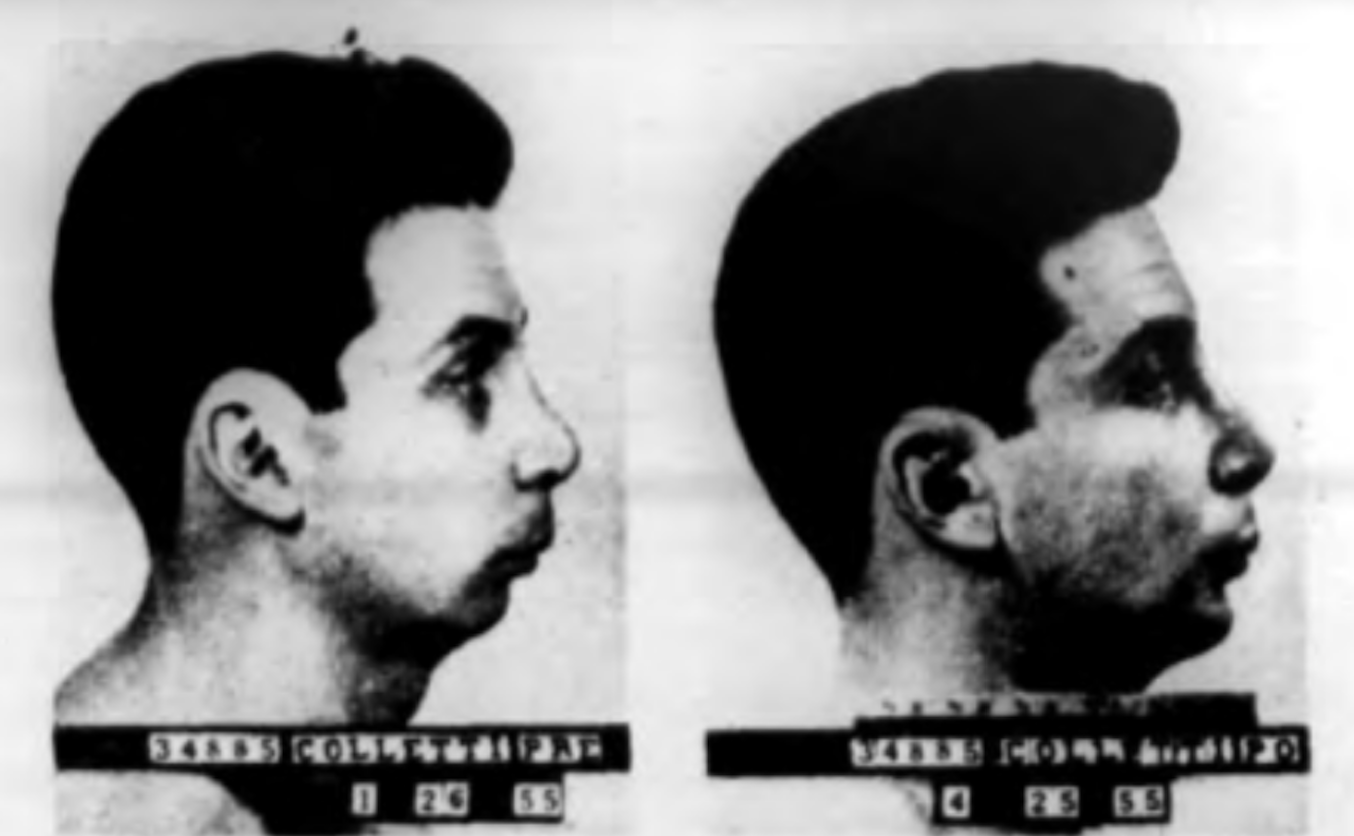
The unknown history of cosmetic surgery in prisons
Cosmetic surgery comes with ethical baggage. People are sometimes persuaded to have unnecessary procedures. The “specialists” are not not specialists, sometimes not even doctors. It reinforces stereotypes of beauty; it can be racist and ageist.
It’s not often considered in the context of prisons – except in novels about convicts who escape justice by getting face-lifts. But from the 1920s up to the mid-1990s, half a million prison inmates across the US, Canada, and the UK willingly went under the knife and the tab was picked up by the government.
A new book, Killer Looks: The Forgotten History of Plastic Surgery in Prisons, by journalist Zara Stone, chronicles the long-forgotten practice of providing free nose jobs, face-lifts, breast implants, and other physical alterations to prisoners, the idea being that by remodelling the face you remake the man.
It was part of an effort by prison authorities to reduce recidivism. If people looked more socially acceptable, perhaps they would reintegrate into society more successfully. One study showed that prisoners who had received plastic surgery had a recidivism rate of 30% compared to 56% in the control group.
In 1967, a three-year cosmetic surgery program set on New York’s Rikers Island saw recidivism rates drop 36% for surgically altered offenders. The program, funded by a US$240,000 grant from the Department of Health, Education, and Welfare, was led by Dr Michael Lewin, who ran a similar program at Sing-Sing prison in 1953.
Popular surgeries included rhinoplasties, blepharoplasty, facelifts, scar removal and tattoo removal. It was partly influenced by eugenic considerations. They were carried out by fully qualified plastic surgeons.
But by the mid-90s, all programs had closed. There were some ethical considerations – could incarcerated prisoners give truly informed consent? There had been several scandals about medical experimentation in prisons. But the public also began to object to spending money on making undeserving felons beautiful.
